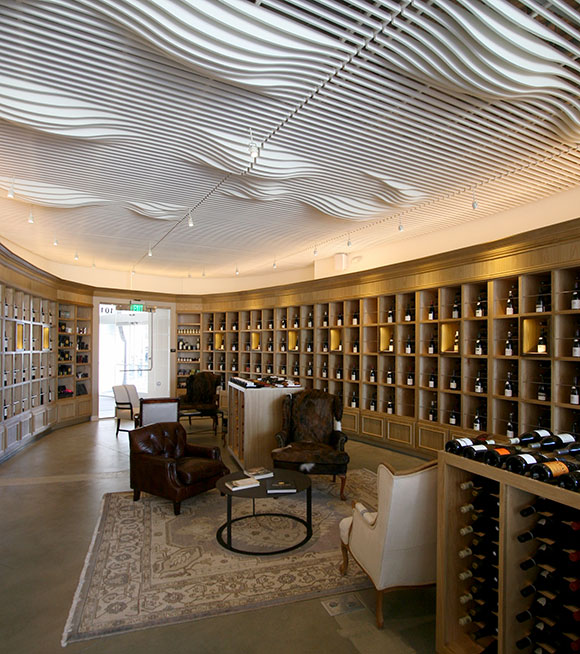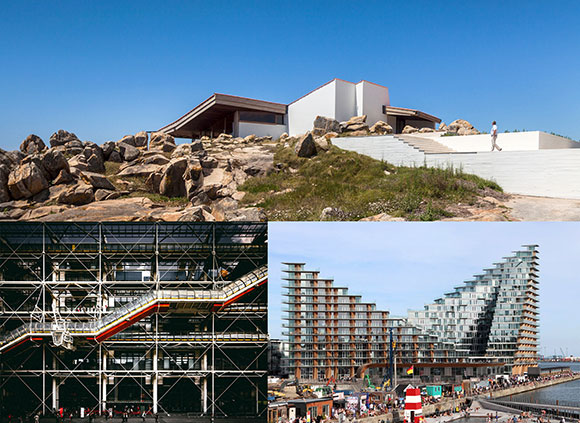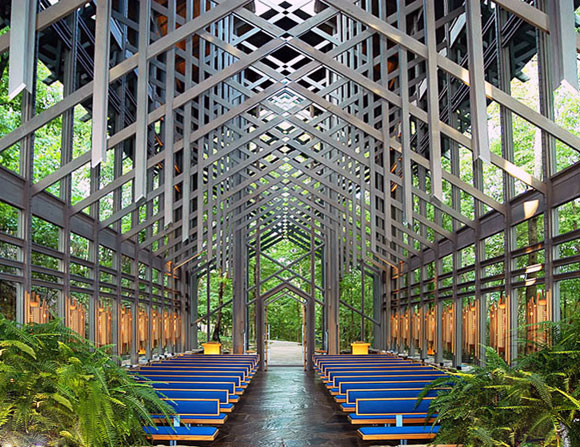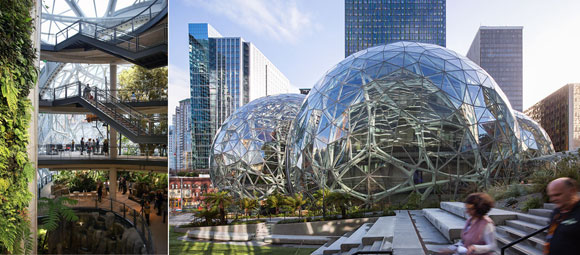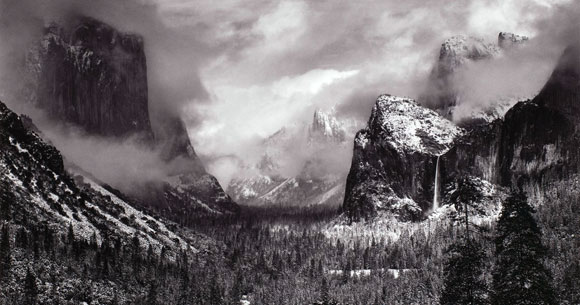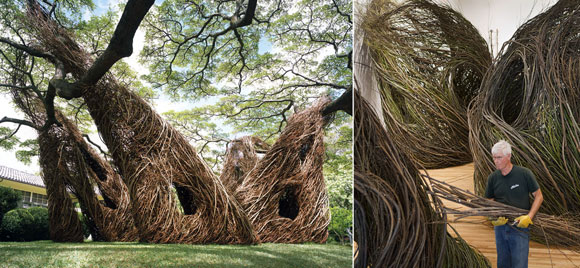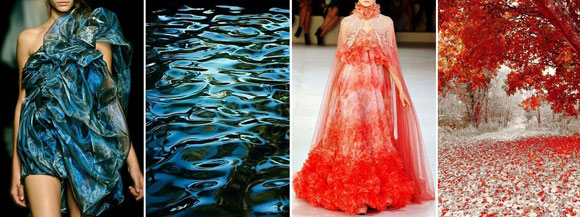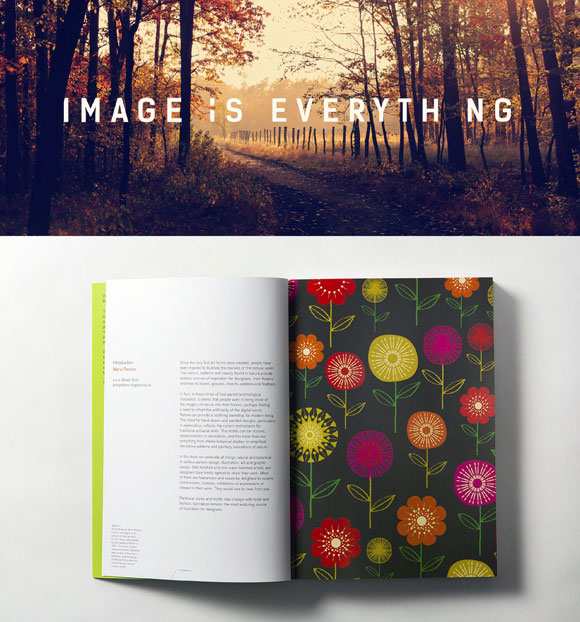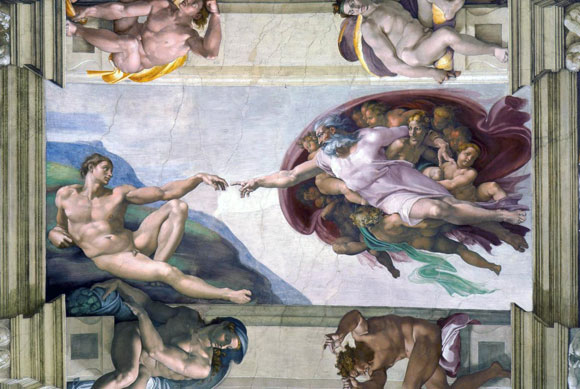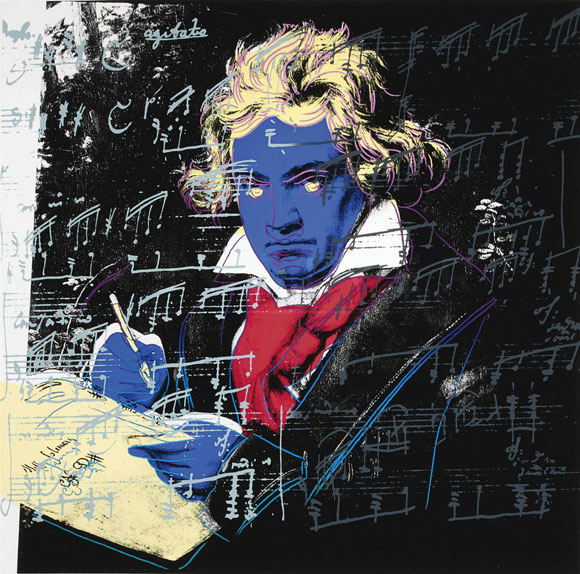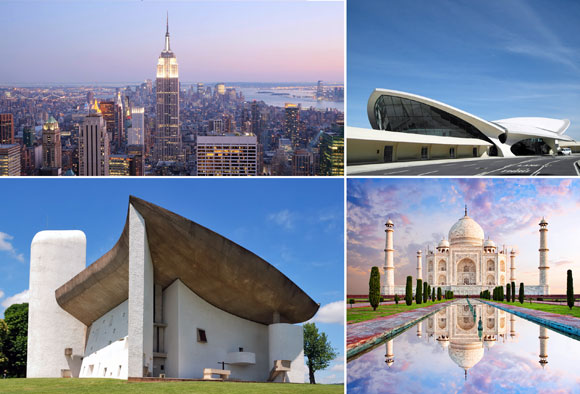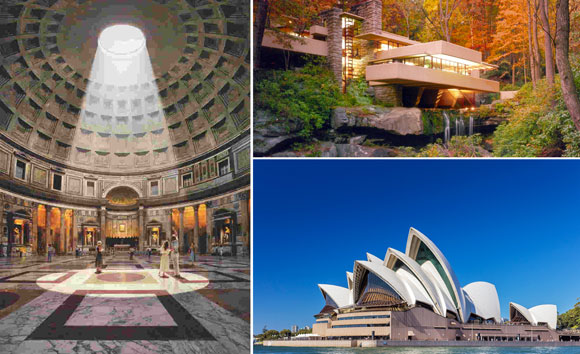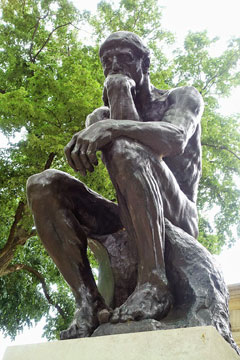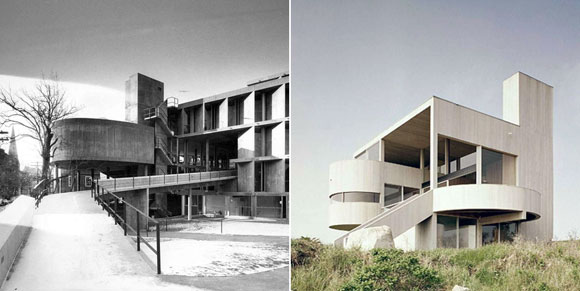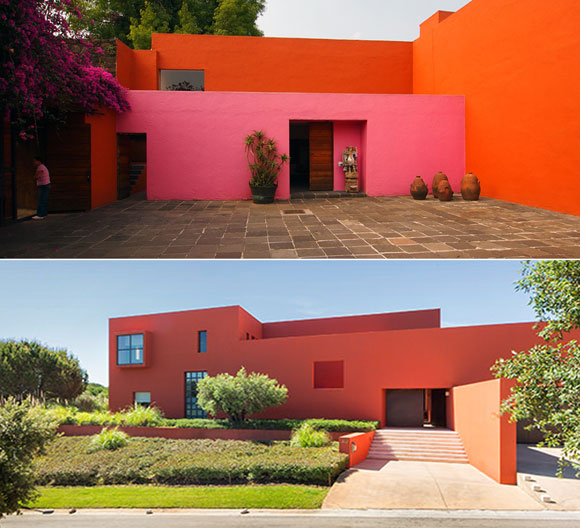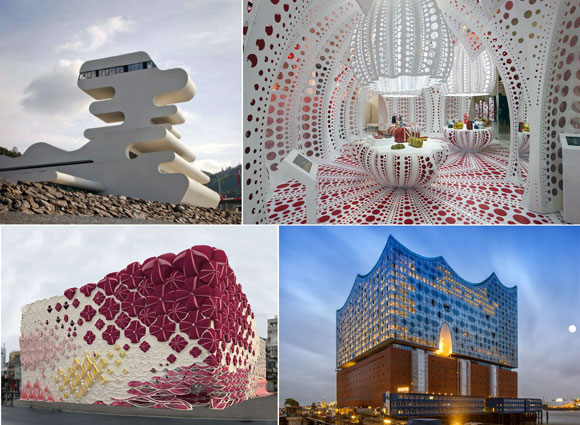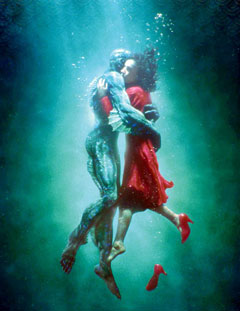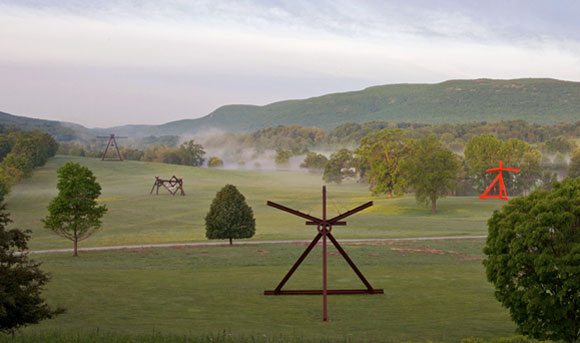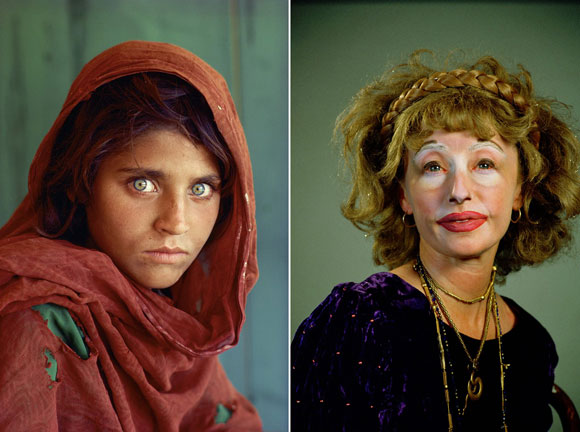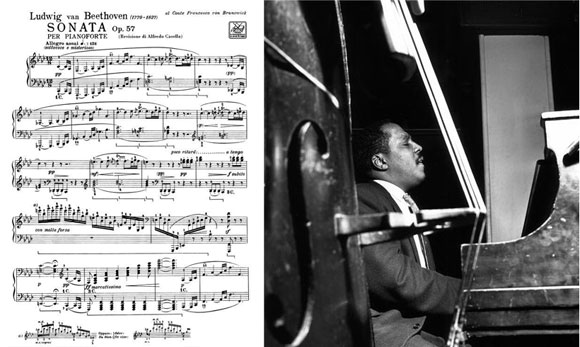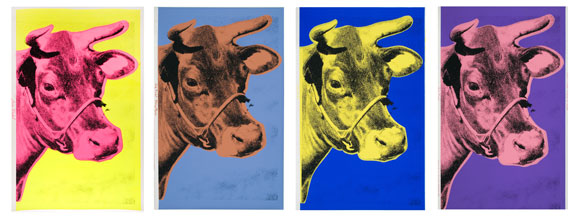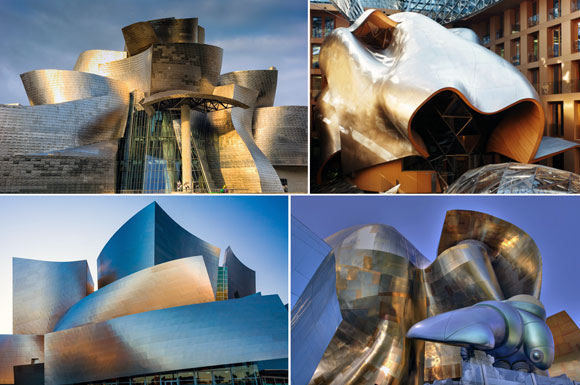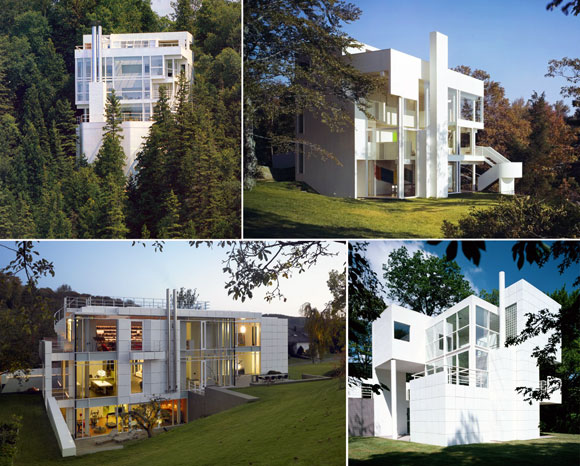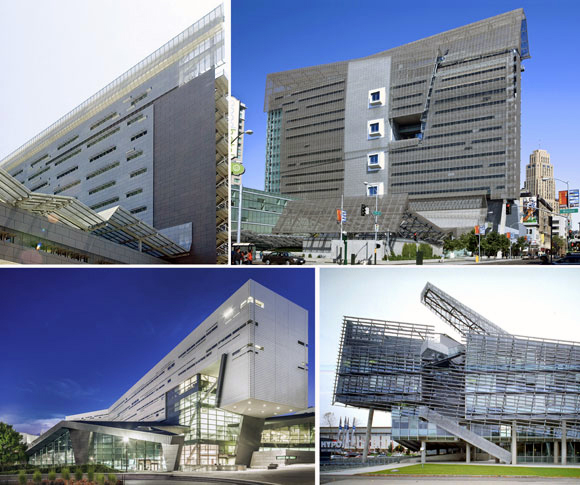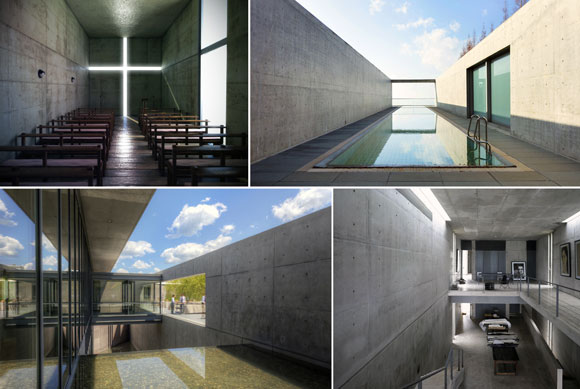#120: COMING OF AGE IN ARCHITECTURE
top: Boa Nova Teahouse, Porto, Portugal, by Alvaro Siza (photo by Joao Morgado), lower left: Centre Pompidou, Paris, France, by Piano & Rogers (photo by Denys Nevozhai, @dnevozhai); lower right: Aarhus, Denmark, by BIG (photo by BIG)
The design industry often states that the career of an architect doesn’t truly begin until age 50. Why are architects only commencing a successful career when colleagues in other industries are planning their retirements?
How is it possible that Mozart wrote his first symphony at eight? Or at a mere 18, Billie Eilish won five Grammy Awards. On the other hand, I.M. Pei was an elder at 66 when he was awarded the Pritzker Prize. He was even older, 71 years, when he designed the world-famous Louvre Pyramid.

Very few architects have completed great buildings at a young age. Such rare individuals, though fully grown adults, are like child prodigies in architecture. Alvaro Siza wasn’t even 30 when he designed the poetic Boa Nova Tea House in Porto, Portugal. Only in their early 30s, Renzo Piano and Richard Rodgers created the groundbreaking Centre Pompidou in Paris. And Bjark Ingels amassed a global portfolio of ambitious projects before even reaching 40—a portfolio of built works equal in depth to colleagues literally twice his age.
But these few examples are extremely exceptional. More typical is a Frank Gehry at nearly 70 finally having the opportunity to bring to the world his iconic Guggenheim Museum in Bilbao, Spain. Some of Zaha Hadid’s most elaborate and bold projects are now being completed, several years after her unfortunate passing at 65. As a typical investment banker relaxes upon his riches at 40 or 50, world-famous I.M. Pei worked into his 90s.
If our architectural career doesn’t truly launch until 50 or even 60, the question screams out: Why? The answer is complex, but mostly two-fold.
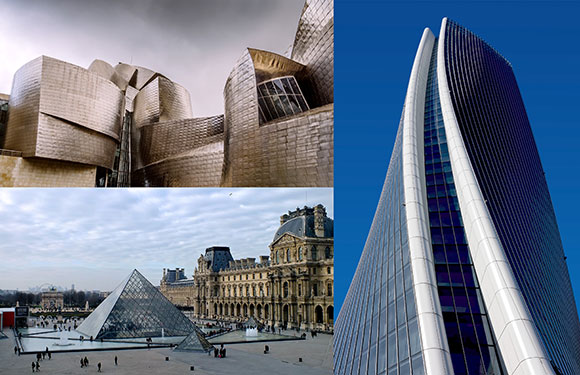
The Practical
After completing one’s architecture education and obtaining the state license to practice (yes, the word is “practice”), an individual is legally an architect. But at 20-something, could such a new architect design a performing arts center or a museum, both projects that typically define a milestone in one’s career? Is it practical that a corporate board of directors or a university would hire this young architect to design a project over $100 million?
Such a sophomoric designer might have worked on similar projects in school, but in concept only. In real practice (again, “practice”) the project has a budget, client demands, city codes, engineering, construction trades, etc. It is unlikely that this architect would have the client savvy, technical expertise, office infrastructure, and team of architects, consultants, and legal counsel—as well as personal maturity.
An architect usually launches his career with the renovation of his uncle’s master bathroom, or maybe a mom-and-pop café. Then hopefully, one project leads to another. Eventually after decades, the house design leads to a condo building, then maybe a restaurant or hotel, eventually a classroom building and college library, then a theater or corporate headquarters, finally having a shot at something like a museum or skyscraper. And this can take years, decades, or even an entire career.
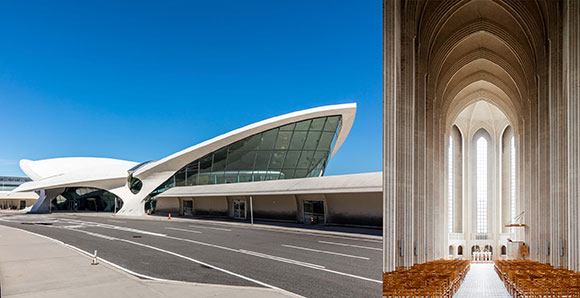
The Philosophical
The other side of the answer is about artistry. Some creative minds bloom early and some bloom late. Architects don’t usually bloom early because the opportunity to bloom doesn’t present itself until decades of experiences have passed. Sure, we can all design big things as we did in school—in the abstract. But can we really wrap our head around designing a real airport or cathedral?
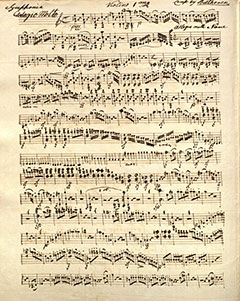
With his first symphony, Mozart was considered a genius at 8, but it took until 30 for Beethoven to compose his first symphony. Beethoven was a late bloomer, but he was still ahead of architects by two decades, as we struggle to find our first bonafide opportunity to flex our creative muscles.
Opportunity aside, architects need their talents to season, age and ripen. We need to develop the skills to know a good solution from a bad one, to know that a marvelous roof design won’t collapse—to know great from good. Like the finest of wine, sometimes the cork stays in the bottle until the time is right.
